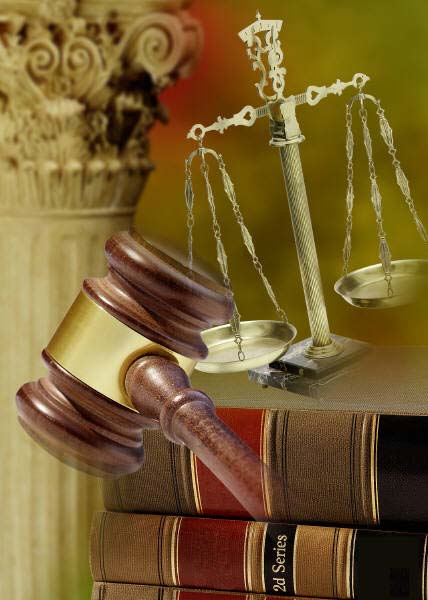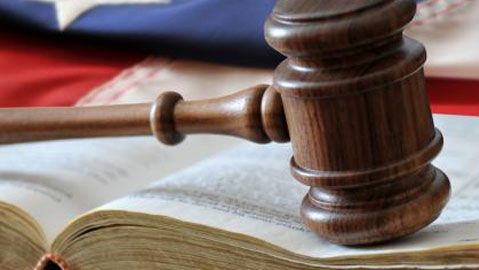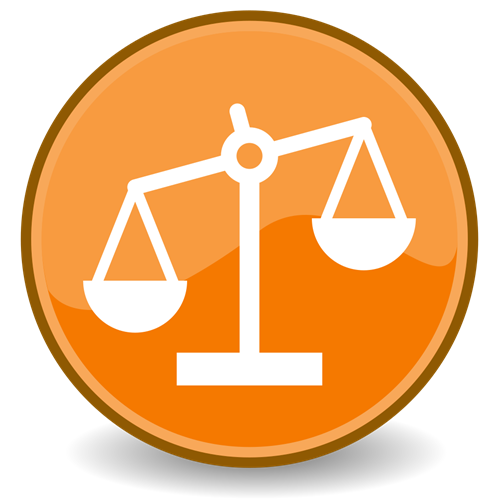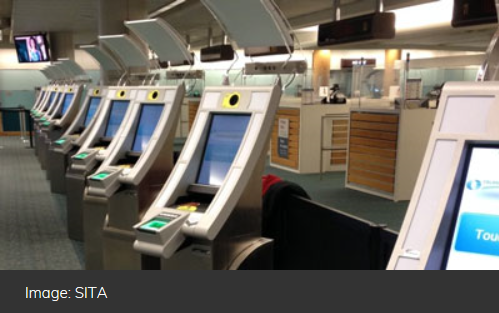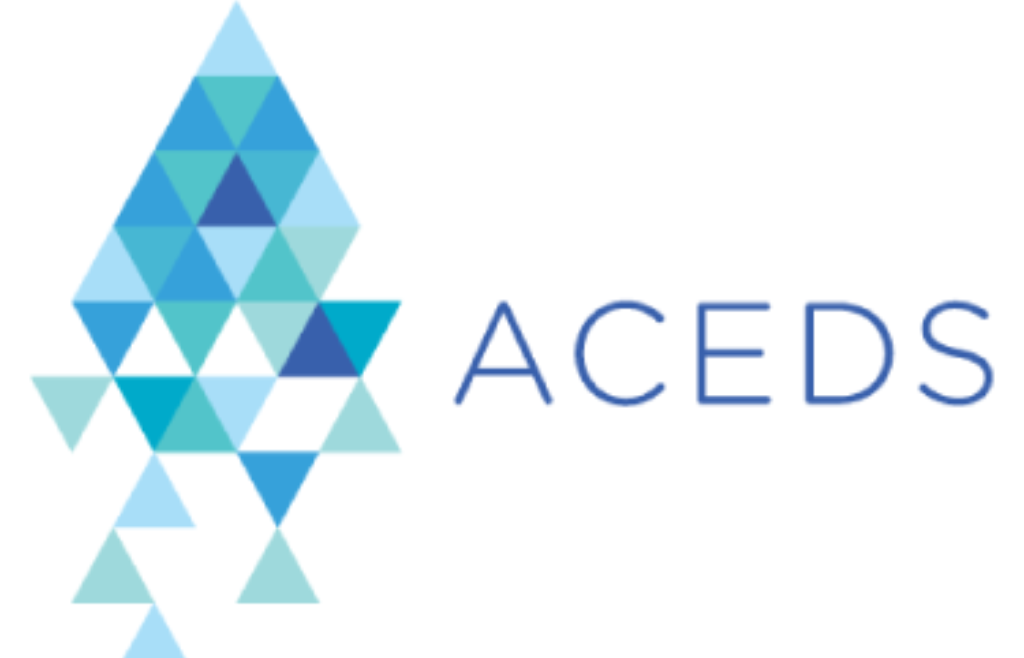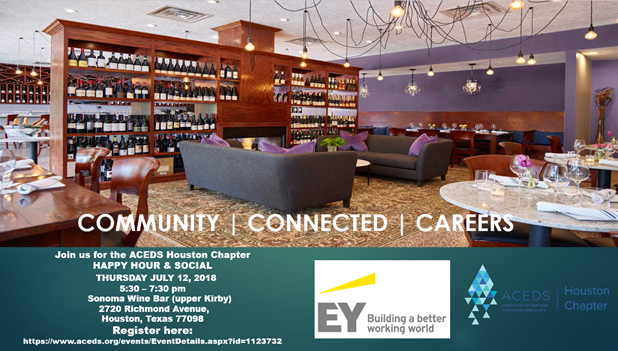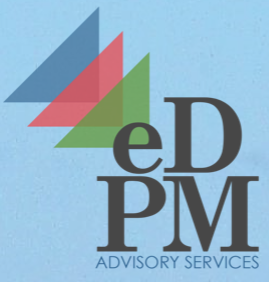The Sedona Conference Has You Primed to Learn Best Practices for Handling Social Media: eDiscovery Best Practices
As Tom O’Connor and I discussed in our webcast last month, handling social media in discovery can be challenging. Now, The Sedona Conference® (TSC) has updated a primer to help with social media issues.
TSC and its Working Group 1 on Electronic Document Retention & Production (WG1) have announced the publication of the Public Comment Version of The Sedona Conference Primer on Social Media, Second Edition.
The first edition of the Primer was published in 2012 (light years ago in social media terms) and was designed to be a useful resource on various information governance and litigation issues, as it established a practical approach for addressing the corporate use and management of social media. Since 2012, however, there has been a proliferation of new messaging technologies and business applications, in addition to major evolution in “traditional” social media platforms like Facebook, Twitter, and LinkedIn – because they have such a long “tradition”, of course :o). There have also been significant developments in the law addressing social media and in the rules of discovery, evidence, and professional responsibility. In light of these developments, this edition of the Primer focuses exclusively on the discovery of social media in civil litigation. Therefore, WG1 recognized a compelling need to update the Primer and has prepared a public comment version of this Second Edition.
After the one-page introduction (Section I of the Primer), Section II of the Primer discusses traditional and emerging social media technologies and the discovery challenges that they present. Section III examines relevance and proportionality in the context of social media. It also explores preservation challenges, collection and search obligations, and the impact of the Stored Communications Act (“SCA”), together with review and production considerations. Section IV describes the impact of cross-border issues on social media discovery while Section V explores authentication issues. The Primer analyzes ethical issues that lawyers should consider in connection with social media discovery in Section VI before ending with a one paragraph conclusion section. The Primer weighs in at a fairly tidy 58 page PDF file, so it’s a reasonable read.
The Primer on Social Media, Second Edition is open for public comment through September 10, 2018. Questions and comments regarding the Primer may be sent to comments@sedonaconference.org. And, a webinar on the Primer is scheduled for Wednesday, August 8, 2018, at 1 pm EDT. Further details will be announced by email and on The Sedona Conference website once registration is open. The webinar will give you the opportunity to ask questions and provide and gain additional insight on this important topic.
To download the Primer, free of charge, click here.
So, what do you think? Do you have challenges in handling social media in litigation? Please let us know if any comments you might have or if you’d like to know more about a particular topic.
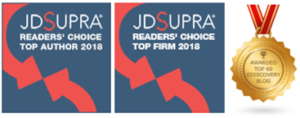
Sponsor: This blog is sponsored by CloudNine, which is a data and legal discovery technology company with proven expertise in simplifying and automating the discovery of data for audits, investigations, and litigation. Used by legal and business customers worldwide including more than 50 of the top 250 Am Law firms and many of the world’s leading corporations, CloudNine’s eDiscovery automation software and services help customers gain insight and intelligence on electronic data.
Disclaimer: The views represented herein are exclusively the views of the author, and do not necessarily represent the views held by CloudNine. eDiscovery Daily is made available by CloudNine solely for educational purposes to provide general information about general eDiscovery principles and not to provide specific legal advice applicable to any particular circumstance. eDiscovery Daily should not be used as a substitute for competent legal advice from a lawyer you have retained and who has agreed to represent you.

